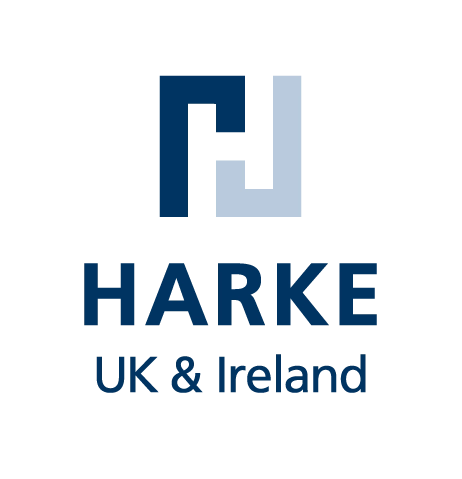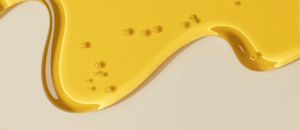Our technical team look at suncare formulation trends for the next few years to help you formulate sunscreens and suncreams that meet changing consumer demands. We also share a sunscreen formulation for you to try.
Terminology Recap
It’s all too easy to talk about suncare formulations without really thinking about what the terminology all means. So here’s a quick reminder before we run through current trends:
UV
Ultraviolet radiation. This is what damages the skin when it’s exposed to sunlight, and it’s split into three sections:
- UVA: the radiation that damages the skin deep down; overexposure gives rise to premature ageing
- UVB: the radiation responsible for sunburn
- UVC: this is removed by the atmosphere before it reaches our skin, so it’s not a problem
SPF
Sun protection factor: a rough measure of how long you can stay out in the sun without ‘burning’. The higher the SPF, the longer you can stay out. SPF is a measure of the amount of UVB that is absorbed.
Suncare Formulation Trends
Here’s what our technical team are seeing:
1. More Natural Sunscreen
Chemlink have long championed natural ingredients. So we’re pleased that more and more formulators are now working to find naturally-derived ingredients for providing UV protection.
New formulations also need to do less damage to our planet. We now believe that high SPF sunscreens are damaging the world’s coral reefs, leading consumers to look for lower SPF products that do not contain oxybenzone.
Consumer awareness and demand for ingredient transparency has never been higher, so formulations with reduced chemical loading are also at an advantage.
Formulating For This Trend
Look at adjusting the chemical absorbers and reducing chemical loading (high SPF products require a heavy chemical loading of UV absorbers).
We have long championed natural ingredients, and we now have naturally derived antioxidants that have the ability to offer sun protection. This technology is in its infancy but worth pursuing, and we would be glad to work with interested companies to develop effective products.
We also supply Sunsorbs™, broad spectrum dispersions of zinc oxide and titanium dioxide that are specially ground so that they have a higher absorption than standard ground oxides. Zinc oxide and titanium dioxide are currently the only two ingredients currently recognised as safe and effective by the FDA in the United States too.
2. Protection Beyond SPF
SPF is now an expectation across a lot of skincare products, from moisturisers to foundations. So formulators are now looking to offer more than ‘just’ SPF when it comes to suncare, developing broad spectrum products that protect against UVA, blue light and sometimes even infrared.
Blue light, produced by digital devices and artificial lighting, is now being considered as a possible long-term health hazard (although there is very little evidence to support this). More and more blue light protection ingredients are being used in skincare more generally as the idea gains traction with consumers.
Infrared radiation is invisible, but we feel it as heat. It’s been suggested that infrared generates free radicals that cause collagen breakdown and accelerate skin aging. So we may well see more and more suncare products being formulated to protect against infrared as well as UV rays in the next few years.
Formulating For This Trend
Chemlink has access to a full range of UVA and UVB absorbers, as well as products that cover a much broader range.
We offer Sunsorbs™, dispersions of titanium oxide and zinc oxide developed by an Australian company, that consist of specially ground particles dispersed in a vegetable oil. The special production method gives products that have a much higher absorption than standard ground oxides and can reduce the ‘ghosting’ whitening effect of some sunscreen formulations. Titanium dioxide is mainly a UVB absorber, and zinc oxide is mainly a UVA absorber, but they do have a broad range and zinc oxide will also cover blue light.
Get in touch to ask about the other UVA, UVB, blue light and infrared absorbers we can supply.
3. Waterproofing
This is not a new trend, but it is an important one, and it’s an area that can always be improved as new ingredients and formulation methods arise. Waterproofing reduces the need to re-apply, which is particularly important with children who are in and out of a swimming pool or the sea.
Formulating For This Trend
Here at Chemlink Specialities, we have state of the art waterproofing additives available from our principal supplier Surfatech. Additions of as little as 2% will pass the ASTM tests, and they disperse sunscreens to give a more even application layer, resulting in more uniform absorption and boosting SPF.
These waterproofing additives also stabilise emulsions, meaning that they can be applied to wet skin (emulsions not stabilised in this way split, an effect called ‘rain out’). They also result a soft velvety skin feel.
4. Easy Application
SPF tends to go hand in hand with thick creams that are difficult to apply, but with the arrival of alcohol spray systems there’s a new consumer expectation for easy application. We think the next few years will see more spray products that can be applied to wet skin, as well as smoother creams and lotions that are easier to apply.
Formulating For This Trend
The technical team at Chemlink Specialities have developed formulations (primarily cold blend) that are easier and more cost effective to produce. They have high SPFs and UVA absorption, are easier to apply, and give waterproof films that can be applied to wet skin and stop rain out. We can also offer alcohol-based spray systems with similar benefits.
To achieve these formulations we have rheology modifiers (Aristoflex® grades, Rheomer® grades and Acrypol® grades), emulsifiers, esters, modified silanes, vegetable oils and butters, natural antioxidants, D5 replacements and more.
Get Your Example Formulation
A light feeling SPF ~50 (approximate only) sunscreen with minimal ‘ghosting’. This formulation also has waterproofing potential courtesy of the CosmoSurf® DDG 28.
Download the example formulation here.
And if you’d like to talk to our technical team about any of the trends discussed here, or request samples of any of the mentioned products, complete the short form below and we’ll get back to you.
[contact-form-7 id=”1968″ title=”Product Enquiry Form”]







